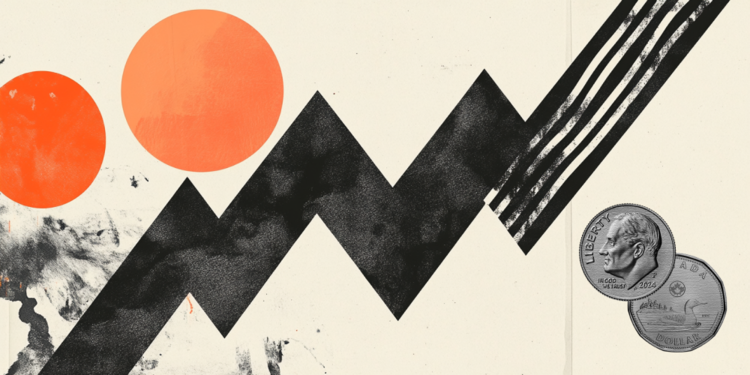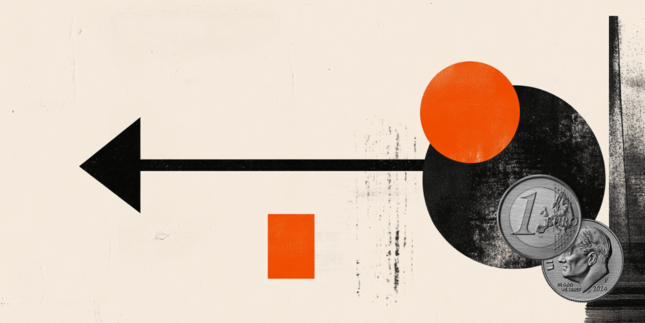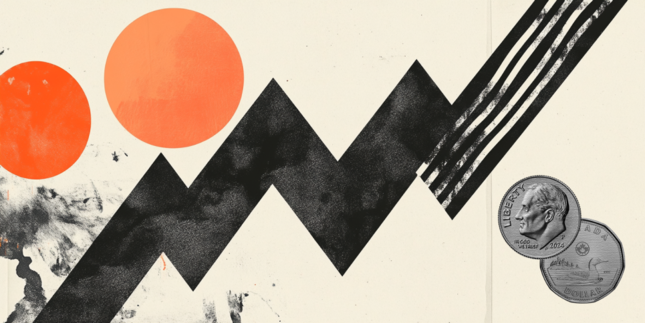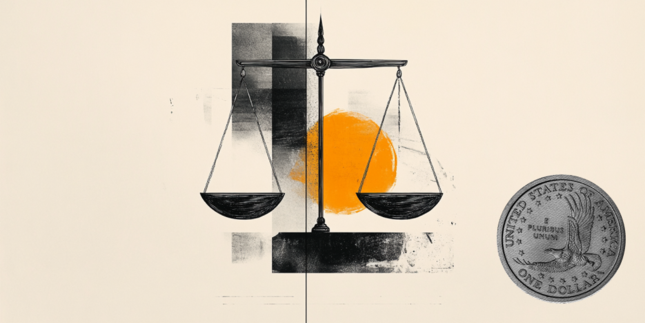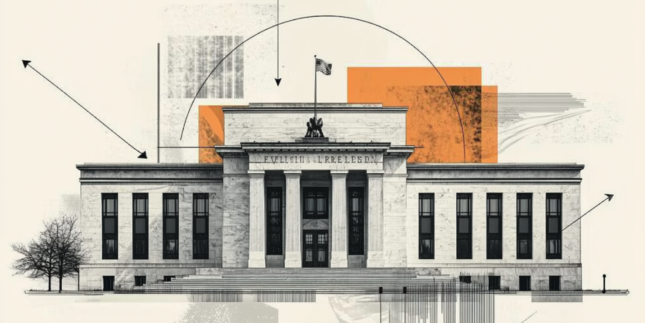USD/CAD ticks higher around 1.3820 despite USD Index gains sharply
- USD/CAD rises marginally while the USD Index gains almost 0.5%, above 100.00.
- The US Dollar surges despite the US ISM Manufacturing PMI contracting at a faster pace in April.
- The BoC believes that the impact of previous interest rate cuts has not yet been transmitted into the economy.
The USD/CAD pair edges higher to near 1.3820 during North American trading hours on Thursday. The Loonie pair moves slightly higher despite the US Dollar (USD) having attracted significant bids after the release of the United States (US) ISM Manufacturing Purchasing Managers’ Index (PMI) data.
The US Dollar Index (DXY) is up almost 0.5% above 100.00 despite the agency reporting that activities in the manufacturing sector continued to decline at a faster pace. The Manufacturing PMI came in at 48.7, lower than the March reading of 49.0, but higher than estimates of 48.0. A figure below the 50.0 threshold indicates contraction in economic activities.
The outlook for the US Dollar is already grim amid uncertainty over trade relations between the US and China. Comments from the White House indicate that the two nations have not yet begun trade discussions.
US Trade Representative Jamieson Greer stated in an interview with Fox News on Wednesday that trade discussions with Beijing have not been initiated yet since the imposition of reciprocal tariffs, South China Morning Post (SCMP) reported
In the Canadian region, investors seek fresh cues about whether the Bank of Canada (BoC) will start reducing interest rates again from the policy meeting in June. The BoC minutes for the April meeting showed on Wednesday that the central bank left interest rates unchanged at 2.75% amid uncertainty over the economic outlook in the face of additional tariffs announced by US President Donald Trump on April 2. This was the first time that the BoC kept borrowing rates on hold after reducing them seven times in a row.
The BoC minutes also indicated that policymakers still believe that the impact of previous rate cuts is yet to be felt in the economy, and therefore, policy easing at this stage could have been a “premature” move.
The minutes also stated that the central bank would remain flexible towards monetary policy adjustments until “medium- to long-term inflation expectations remained anchored”, Reuters reported.
US Dollar FAQs
The US Dollar (USD) is the official currency of the United States of America, and the ‘de facto’ currency of a significant number of other countries where it is found in circulation alongside local notes. It is the most heavily traded currency in the world, accounting for over 88% of all global foreign exchange turnover, or an average of $6.6 trillion in transactions per day, according to data from 2022. Following the second world war, the USD took over from the British Pound as the world’s reserve currency. For most of its history, the US Dollar was backed by Gold, until the Bretton Woods Agreement in 1971 when the Gold Standard went away.
The most important single factor impacting on the value of the US Dollar is monetary policy, which is shaped by the Federal Reserve (Fed). The Fed has two mandates: to achieve price stability (control inflation) and foster full employment. Its primary tool to achieve these two goals is by adjusting interest rates. When prices are rising too quickly and inflation is above the Fed’s 2% target, the Fed will raise rates, which helps the USD value. When inflation falls below 2% or the Unemployment Rate is too high, the Fed may lower interest rates, which weighs on the Greenback.
In extreme situations, the Federal Reserve can also print more Dollars and enact quantitative easing (QE). QE is the process by which the Fed substantially increases the flow of credit in a stuck financial system. It is a non-standard policy measure used when credit has dried up because banks will not lend to each other (out of the fear of counterparty default). It is a last resort when simply lowering interest rates is unlikely to achieve the necessary result. It was the Fed’s weapon of choice to combat the credit crunch that occurred during the Great Financial Crisis in 2008. It involves the Fed printing more Dollars and using them to buy US government bonds predominantly from financial institutions. QE usually leads to a weaker US Dollar.
Quantitative tightening (QT) is the reverse process whereby the Federal Reserve stops buying bonds from financial institutions and does not reinvest the principal from the bonds it holds maturing in new purchases. It is usually positive for the US Dollar.
Forex News
Keep up with the financial markets, know what's happening and what is affecting the markets with our latest market updates. Analyze market movers, trends and build your trading strategies accordingly.
